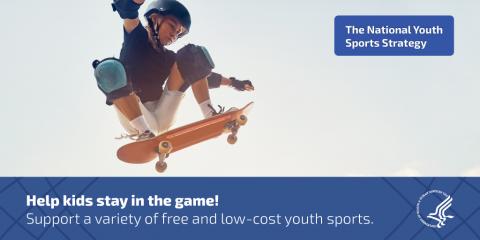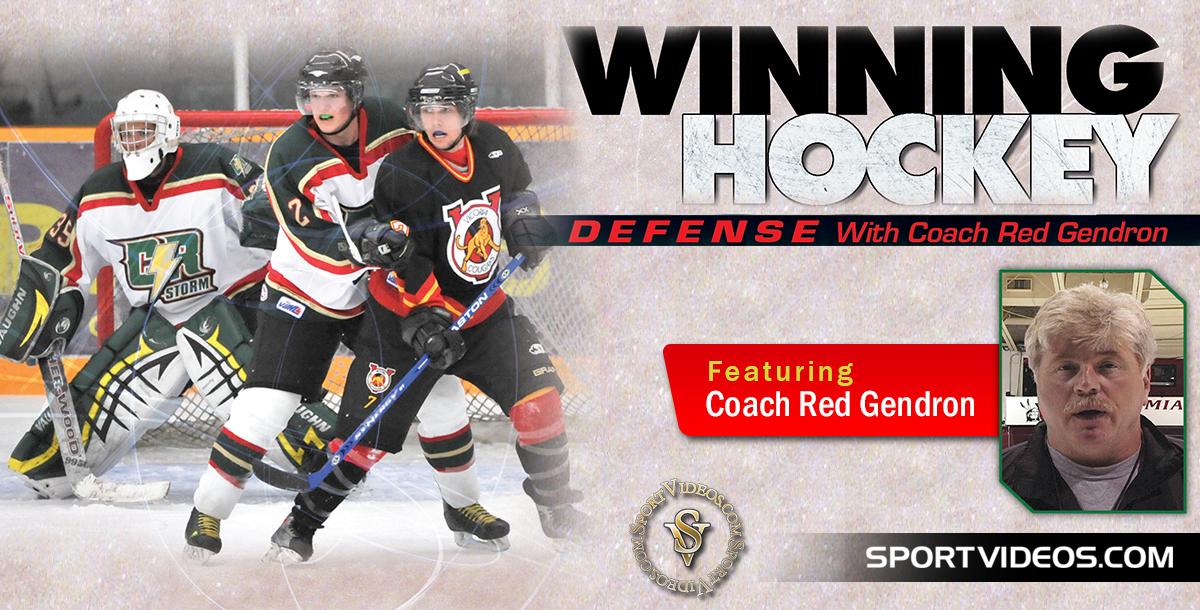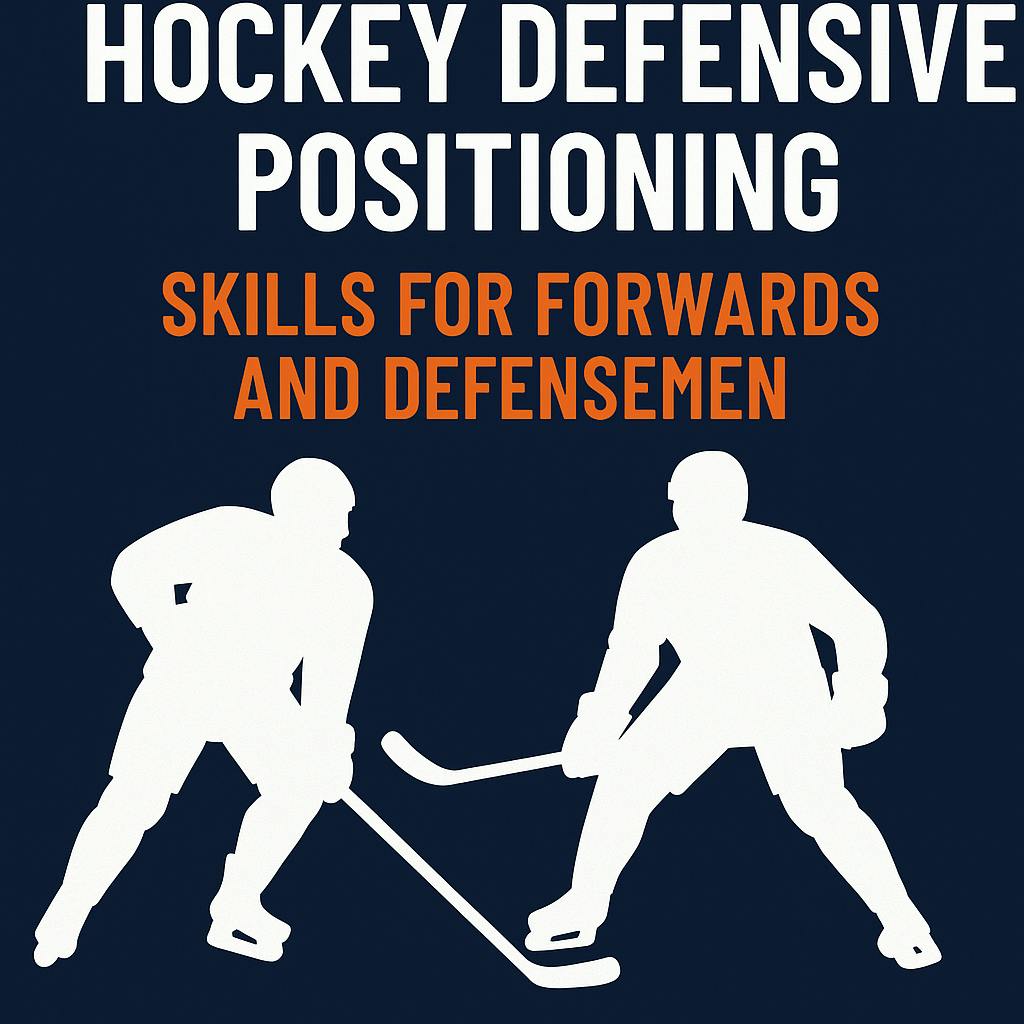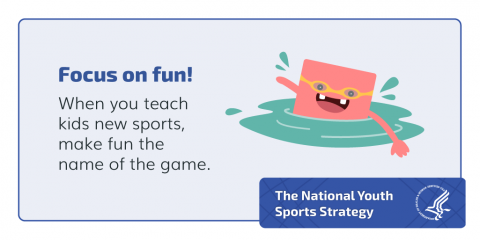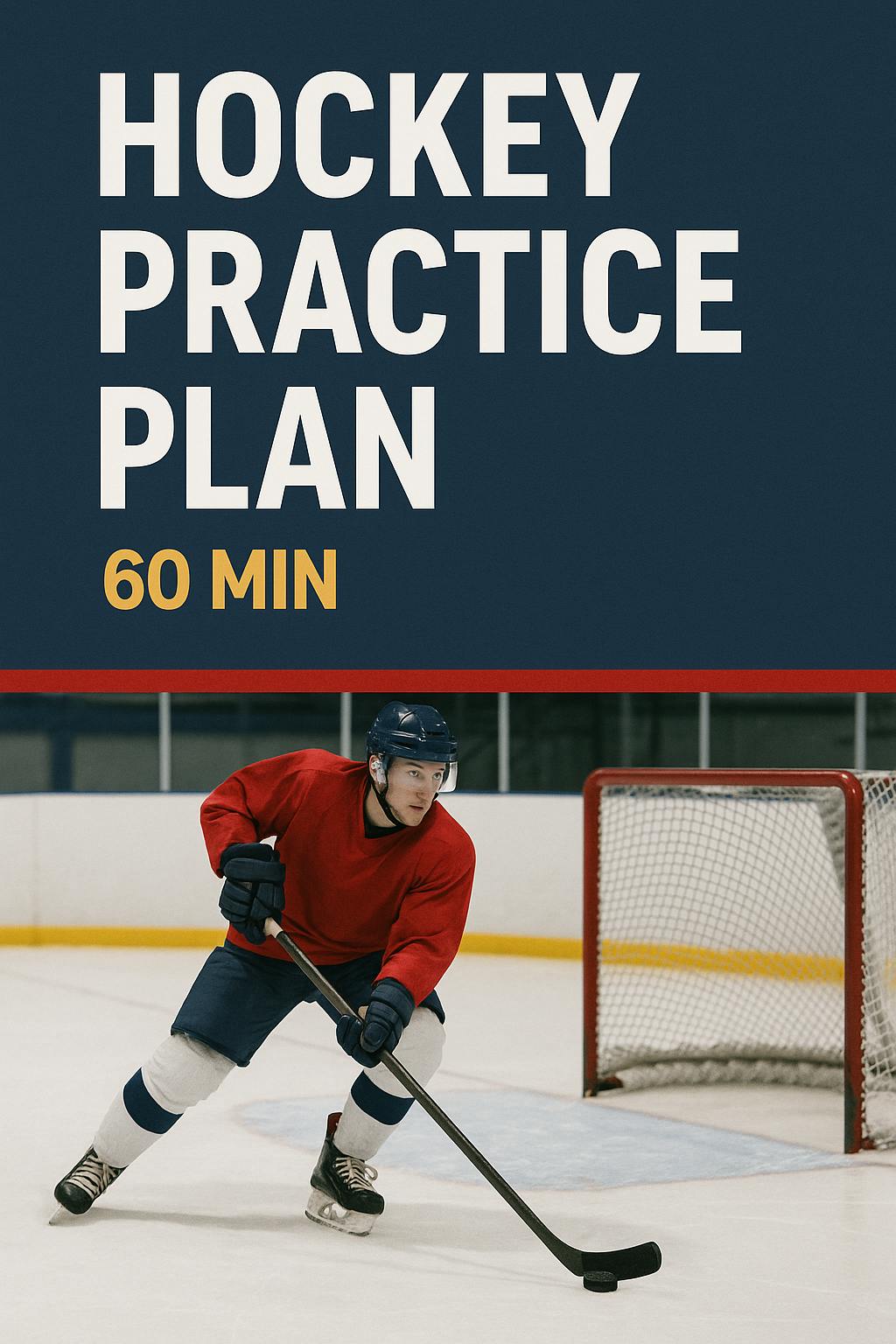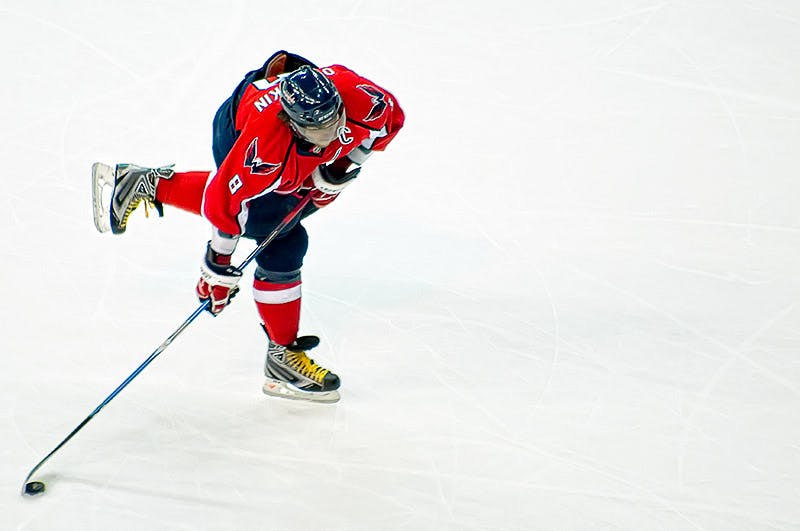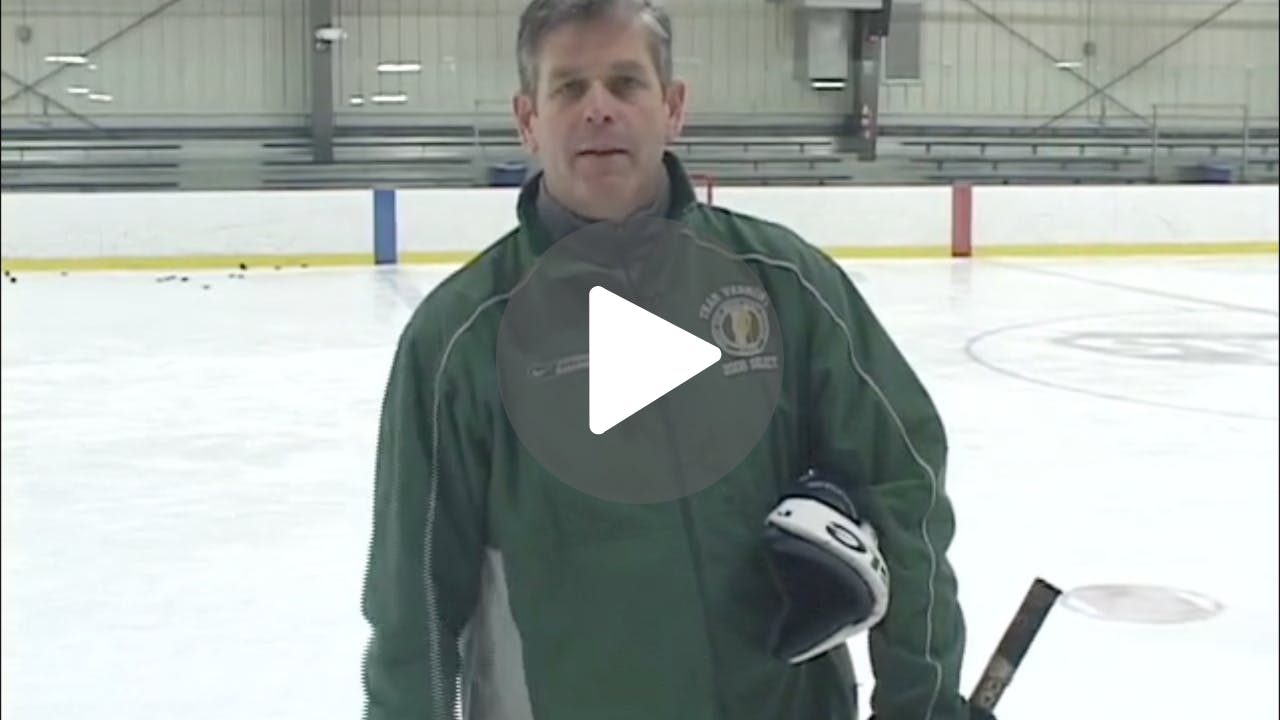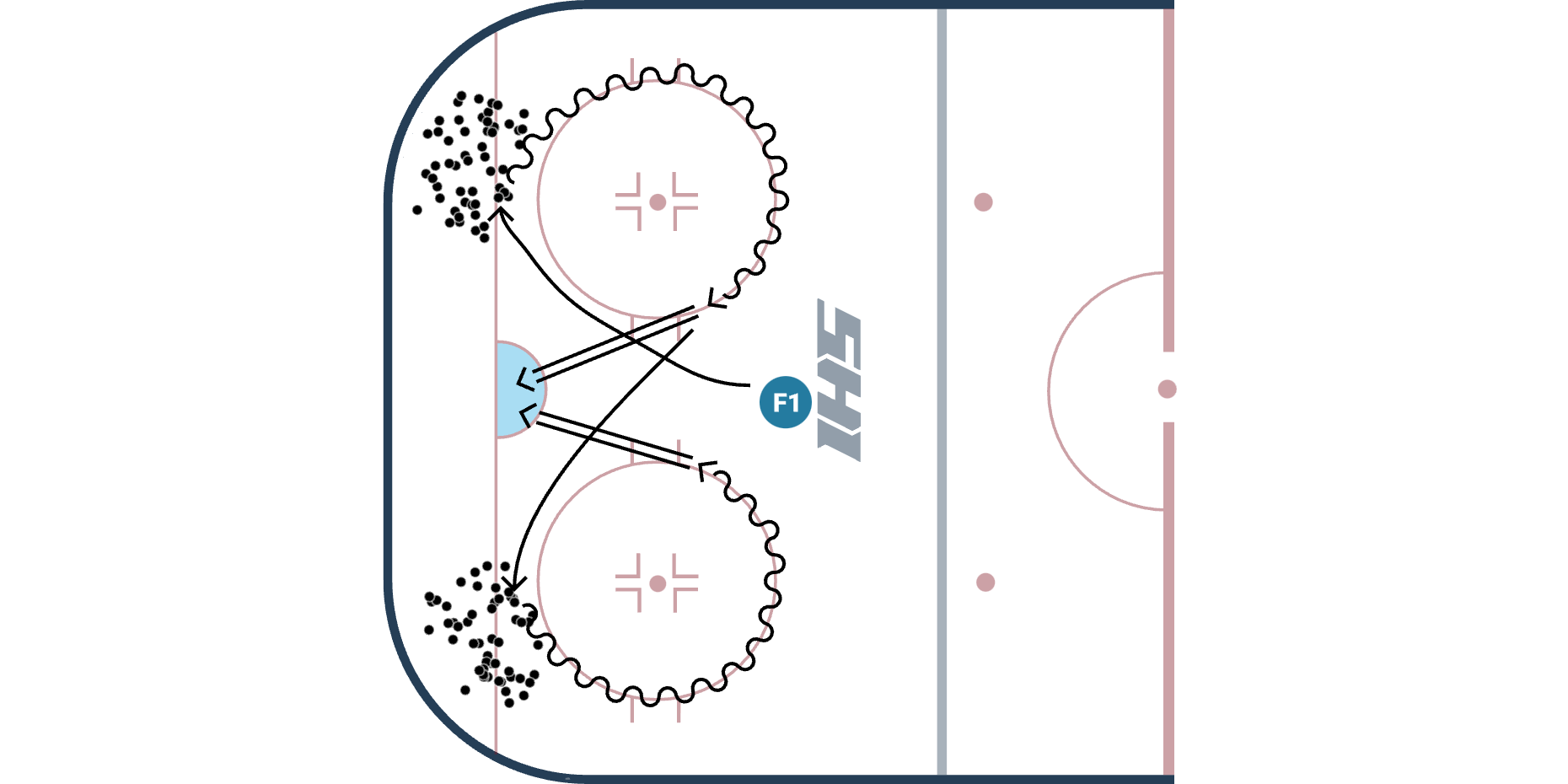Designing a great hockey practice plan isn’t just
about filling the hour—it’s about using that time to maximize player
development, build habits, and prepare for real-game situations.
In this guide, you’ll get:
- A complete breakdown of how to structure your practice
- Example drills for each time segment (from warm-up to game play)
- Two proven drills pulled from elite-level coaching clinics
- Links to video demonstrations of featured drills
_____________________________________________________________________________________________________________________
Why a Hockey Practice Plan Matters
As
a coach, you have a limited window to teach, correct, and motivate. A
well-built plan keeps players engaged and ensures you’re hitting the
right development goals each day.
A simple 60-minute practice might look like this:
0–10 minutes: Dynamic Warm-up – Get players moving and focused
10–25 minutes: Skill Development – Build core puck and skating skills
25–40 minutes: Situational Drills – Reinforce breakout habits and reads
40–50 minutes: Small-Area Games – Build pressure, pace, and creativity
50–60 minutes: Special Teams/Scrimmage – End with energy and fun
_____________________________________________________________________________________________________________________
0–10 min: Dynamic Warm-Up
Drill 1: 3-Lane Warm-Up Skate
Objective: Activate key muscle groups and improve skating coordination
How it Works:
- Players skate in 3 lanes across the ice
- Each lane includes a different skating element (quick feet, crossovers, edge work, backward)
- Add pucks in later rounds to challenge puck control
Coaching Tips:
- Keep reps short and high energy
- Integrate communication (e.g., call for pucks, tap sticks, shout colors)
- Emphasize balance and edge control
_____________________________________________________________________________________________________________________
10–25 min: Skill Development
Goal: Build and refine technical skills in a focused, high-rep environment.
Work on: Skating, Shooting, Passing, Stickhandling, etc
Drill 2: Passing Progression Series (3 drills, 1 set-up)
Passing Progression Series
Objective: Improve passing accuracy and awareness in multiple game-like situations
How it Works: Three-part drill series
- Stationary Passing – Players pass while standing still
- Passing Under Pressure – Add light pressure to challenge quick decisions
- Passing on the Move – Players pass while skating forward and backward
Coaching Points:
- Emphasize crisp tape-to-tape passes
- Keep head up and communicate through each rep
- Smooth transitions between stages for realistic pace
_____________________________________________________________________________________________________________________
25–40 min: Situational Drills
Goal: Teach team concepts like breakouts, offensive entries, or D-zone coverage
Drill 3: 2-on-1 Continuous
Objective: Reinforce offensive decision-making under pressure
- Drill starts with a 2-on-1 attack
- Defender stays, two new attackers enter for a new 2-on-1
- Cycle continues
Variations:
- Limit passes
- Reward goals with an extra attacker
_____________________________________________________________________________________________________________________
40–50 min: Small-Area Games
Goal: Push tempo, compete, and develop under pressure
Drill 4: Corner Battles
Small area battle
Objective: Build compete level, puck protection, and angling
- 1v1 or 2v2 in a corner or below the goal line
- Play for 20–30 seconds max
- Winner earns possession, next players jump in
_____________________________________________________________________________________________________________________
50–60 min: Scrimmage or Special Teams
Goal: Reinforce power play and penalty kill systems, finish with energy, have fun!
Drill 5: Sled Dog Race Drill
Sled Dog Race
Objective: Build explosive lower-body power and skating strength through resistance
How it Works:
- One player kneels on the ice
- A partner grabs their stick or jersey and pulls them to the far blue line
- Run it as a race or timed event for fun competition
Coaching Points:
- Emphasize strong posture and stride from the pulling player
- Reinforce lower-body drive and arm movement
- Use cones or designated lanes to stay organized
Drill 6: Controlled Scrimmage (Half-Ice with Constraints)
Add constraints like:
- Goals only off passes
- One-touch rule
- Only 2 passes allowed in the zone
Let players have fun but still build habits.
